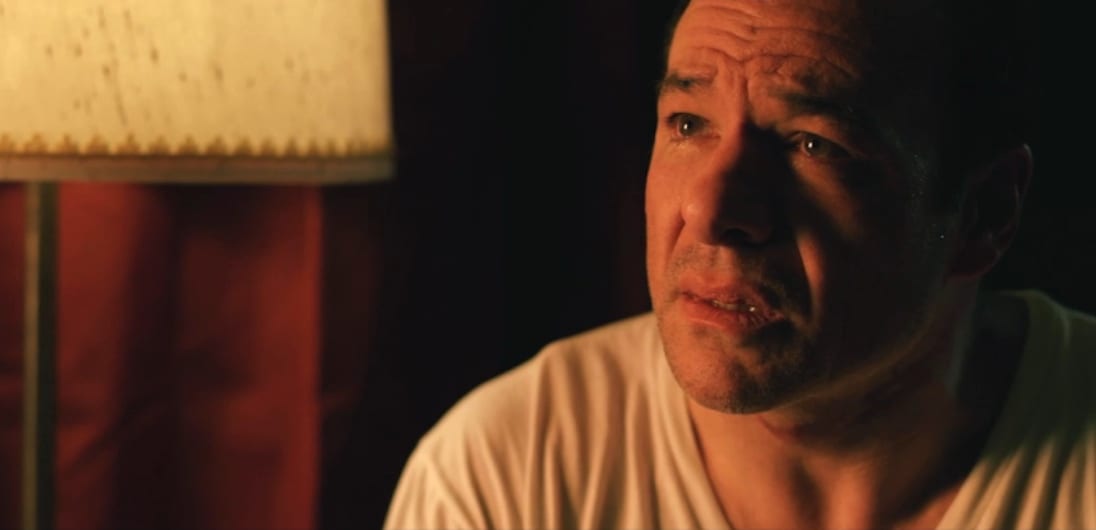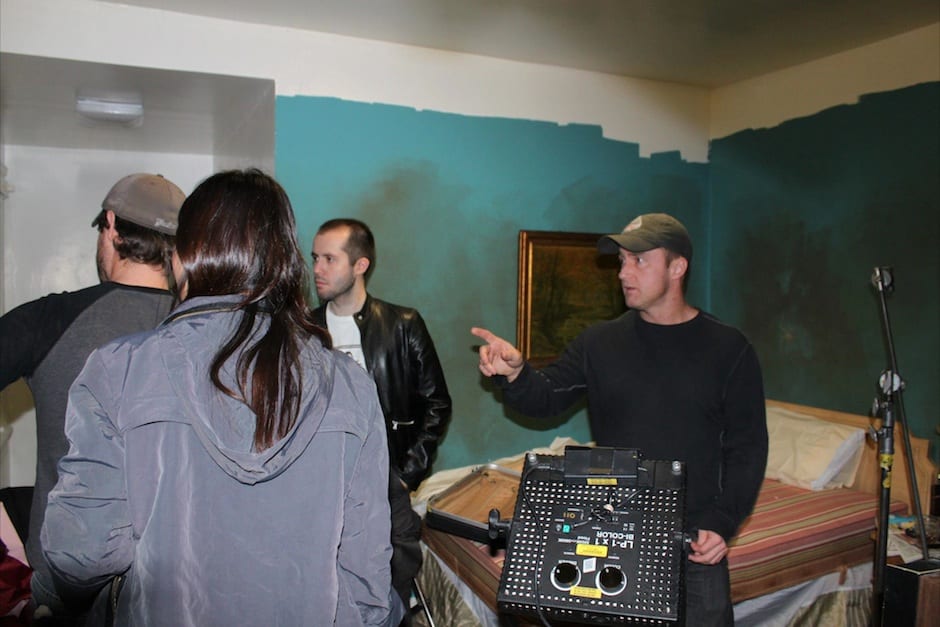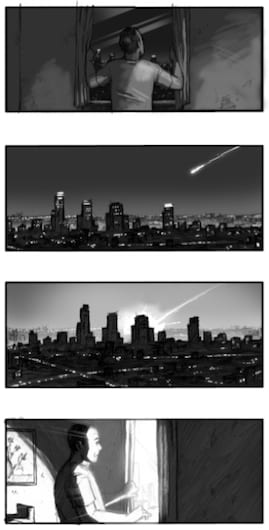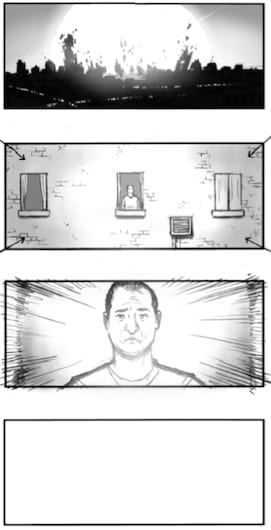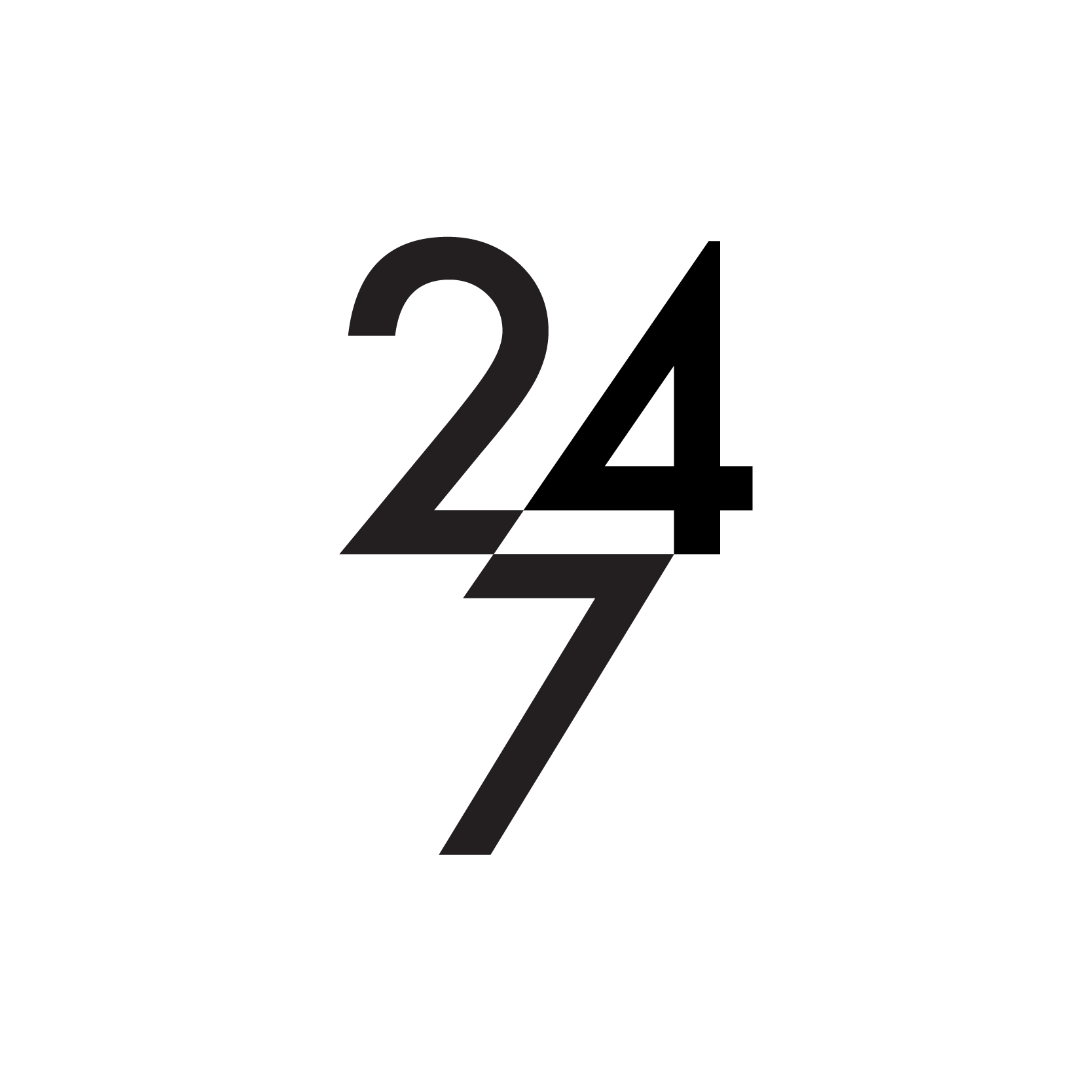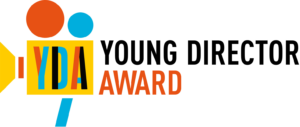You wrote and directed the story. How did the idea come about and how did the story evolve?
The initial seed of the idea for The End began a few years ago when I heard an interview with comedian George Carlin. In the interview, he said that he actually hoped that a comet or an asteroid would crash into Earth and wipe out humanity. To hear this was both funny and shocking to me, and it made me step back a little and think. It was that, and also the whole buzz about “the end” in 2012, along with my disdain for an obligatory happy ending in all movies that got the ball rolling in my mind.
I have a real dislike for playing things safe in an attempt to make everyone happy. That’s really going the route of the least common denominator, and I don’t see the point in that. I tend to laugh at some pretty horrible things. I guess it’s the way that we all deal with the way things really are in this life. In other words, the truth is that things really don’t always work out, and I feel that maybe the best way to deal with it is to try to laugh a little in the dark.
My best hope for this short is for people to either love it or hate it. It truly makes me happy to have either result, as long as people just don’t sort of shrug their shoulders and say, “It was okay.”
What was your creative process for the film? Did you write text first or did you plan it through a storyboard?
I wrote a script first and then drew my infamous stick figure cartoon storyboards. A shot list came after that. I used an amazing storyboard artist named Adam Bolt to board the effects sequence at the end, but not for the rest of the film (see Related Content).
I truly love working with actors, and I think that’s probably my strongest suit. I don’t want to get into the details of how the main actor (Cris D’Annunzio) and I talked to each other, and how he prepared, but I’ll just say that we really opened up to each other personally, and we came to a real place of mutual trust and respect. If he wants to talk about his process, then I’ll let him explain, but I want to respect that and leave that to him. We were definitely on the same page, though.
I just like to let the actors feel really comfortable and to bring something to the table. Essentially, the film is almost exactly what I had envisioned in my mind, with the exception of some behavior from the actor. I would rather let the film change from what I had in mind rather than impose my ideas on another artist. I love the collaboration, and I think the whole project is much better and richer for it, and they probably always are.
Great lighting, great filming. What did you shoot it on? What were the main challenges of the production?
Justin Gurnari was the DP, and I think he’s a real talent. I hope that this project brings him some well-deserved attention as well. He was a real hero, because we were dealing with an extremely limited crew. We literally normally only had about five people on the set at any given time. I feel lucky in a way to have cut my teeth in these conditions, because given a real budget and an experienced producer, I’m actually pretty excited about what I might be able to do, and I’m really looking forward to when that chance comes my way.
Anyway, I had initially planned on shooting this on the RED, but we actually ended up using the Canon 5D Mark II mostly because of budgetary reasons, but ultimately I was very happy that we did because of its portability, its ability to shoot in limited light. It just made things very quick and simple, and more intimate in a way.
Perfect casting, how did you find the lead actor?
As far as the casting goes, I’ve been friends with the lead actor (Cris D’Annunzio) for many years now. I started as an actor myself, and we used to be in the same theater company, and we worked onstage together at The Los Angeles Theater Center in downtown LA. He’s gone on to appear in movies like Ridley Scott’s American Gangster, and television shows like Law & Order and The Office since then. He’s an extremely sharp and interesting guy. He went to Princeton University, and played professional (American) football for a while. He worked in the trenches of Wall Street before he saw the light and got out of there, and became an actor. He’s a real talent and a great guy, and I’m sure that you’ll be seeing more of him soon.
Did you shoot the film through a production company or independently?
This film was done completely independently through funds raised on Kickstarter. I’m actually sort of proud to say that we pulled this off for $5000. I had a friend who owned a production company called Sherpa Pictures, which has since closed its doors, but he let us use their insurance, which was a huge help, and to give credit where it was due, this film was credited in association with Sherpa Pictures.
Are you entering The End into festivals or are you allowing it to have a life of its own on the net.
I had three different visual effects artists working on this short, and they did it because I was able to convince them that it would be good, and that everyone involved was talented, and was doing it because they believed in it. Chris Hunt and Marc-Andre Gray did the opening and ending sequences. They are busy professionals, and they did it in their free time, so we ended up going several months past our planned deadline.
It was a real heart breaker for me to miss a lot of important deadlines for film festivals on my wish list. I wanted to throw my hat in the ring for Venice, Encounters, and Rushes Soho Shorts Festival among others, but we missed out, and that can just be a reality with VFX work sometimes.
I thought long and hard about what route to take, and after doing a little research, I saw that a lot of festivals, including big ones like Sundance and others, are okay with shorts previously appearing online. My ultimate desire was to have the largest audience possible for it, so I bit the bullet, and decided to put it out there on Vimeo first and see what happens. It made the front page of the Vimeo Staff PIcks and I was thrilled. I hope it continues to grow online, but I do plan on getting it out there to some festivals over the coming year or so.
What are you working on now?
Right now, I’m still a bit busy with promoting this short, but I have a feature script that I’m finishing called Monroe Log. The plot outline is basically this. It’s the summer of 1990 in the Pacific Northwest of the States.
Five unemployed teenagers from a small working class town spend their days drinking beer, starting fights, and chasing girls. Frustrated, fatherless, and cocky; they are on a clear trajectory towards disaster. Although often charming and witty, bravado is their constant claim to manhood. To beat the heat one day, they drive to a remote and isolated glacier lake in the mountains to go cliff diving. Things go drastically wrong, and they are forcibly confronted with the very real consequences and ugliness of violence. Facing death, they discover the truth of who they really are. In a single afternoon, they are forced to grow up and become men. Carrying a dark secret for the rest of their lives, they will never again be the same.
It’s loosely based on a true story, and believe it or not, it’s from my own life. Long story short, we were held hostage at gunpoint for a few hours by some crazy Vietnam veterans who had left society to go live in the Cascade Mountains. I’ll be happy to tell anyone the whole thing in detail over a beer in a pub sometime. It was quite an experience. Anyway, this obviously won’t be a comedy, but there actually is a lot of humor in it. It’s close to my heart, and I hope to make it someday.
